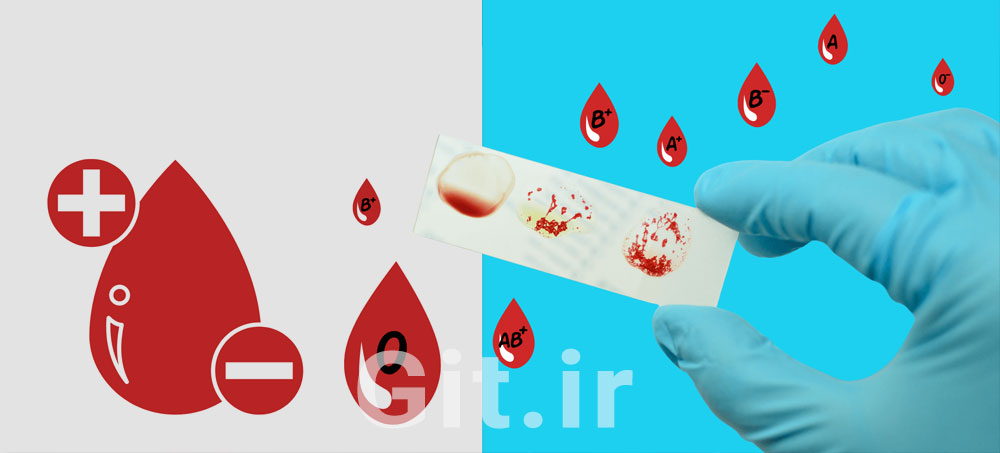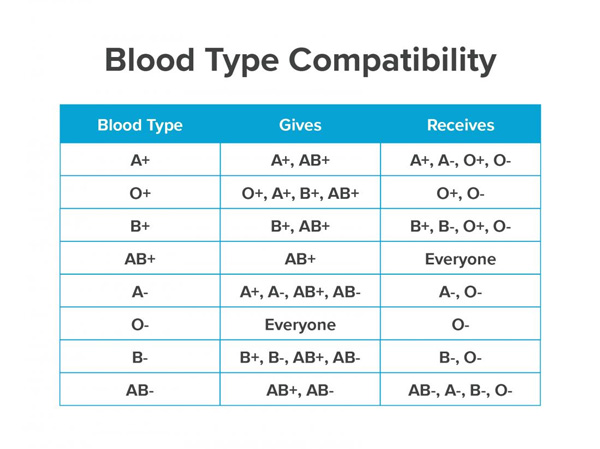Understanding Blood Groups and Their Daily Importance

Blood, the vital fluid of the body, is far more complex than it appears at first glance. Understanding its structure and classification, especially familiarity with blood groups, is not only fascinating medical knowledge but also a vital necessity for individual health and public safety. In emergencies, knowing one's blood type can determine the line between life and death. This article, in simple and clear language, explains the components of blood, various blood group systems, and the importance of each.
1. Components of Blood
Blood is not a simple fluid, but a complex working team composed of cells and various substances, each with a specific task. To understand blood groups, we must first get acquainted with the members of this team:
🔴 Red Blood Cells: These small, round cells are the heroes of oxygen transport in our body. They contain a protein called hemoglobin that carries oxygen from the lungs to all tissues and organs and returns carbon dioxide.
⚪ White Blood Cells: These cells are the frontline soldiers of our immune system. They are tasked with fighting microbes, viruses, and any other external agents that attack the body.
🟡 Platelets: These are small, colorless cells that play a key role in the blood clotting process. When a part of the body is cut, platelets quickly rush to that spot and stop the bleeding.
🧬 Plasma: Plasma makes up about 55 percent of blood volume. Plasma is the liquid part of blood that contains water, salts, enzymes, antibodies, and other proteins. Red blood cells, white blood cells, and platelets float in this liquid.
The interaction between molecules on the surface of red blood cells and antibodies in the plasma forms the basis of the blood group system.
2. The Secret of Blood Groups: Antigens and Antibodies
The classification of an individual's blood is determined based on the presence or absence of specific molecules that act like a unique biological signature. These molecules have two main types, understanding which is essential for recognizing blood groups.
These two factors together define the blood classification systems. The first layer of this classification is the Rh factor, which specifies whether the blood group is positive or negative.
3. Positive or Negative? Getting to Know the Rh Factor
The Rh factor is one of the most important proteins in the blood group system. The presence or absence of this protein is a determining factor in blood transfusion safety and creates the familiar positive (+) and negative (-) classification.
The Rh factor is a type of protein that is located on the surface of red blood cells. Its rule is very simple:
- If this protein exists, the blood group is positive (+).
- If this protein does not exist, the blood group is negative (-).
This simple distinction has vital consequences in blood transfusion:
- Individuals with negative blood group: These individuals can only receive blood from negative blood groups.
- Individuals with positive blood group: These individuals can receive blood from both positive and negative blood groups.
The Rh factor, in combination with the main blood classification system, ABO, creates eight common blood groups.

4. Overview of the ABO Blood Group System
The ABO system is the primary blood classification system, entirely based on the presence or absence of two specific antigens (A and B) and their corresponding antibodies.
4.1. Blood Group A
- Antigens and Antibodies: These individuals have antigen A on their red blood cells and antibody B in their plasma.
- Rh Factor: The presence of the Rh factor makes this group A positive (A+), and its absence makes it A negative (A-).
- Blood Donation Capability: This group can donate blood to individuals with blood groups A and AB.
4.2. Blood Group B
- Antigens and Antibodies: These individuals, exactly the opposite of group A, have antigen B on their red blood cells and antibody A in the plasma.
- Rh Factor: The presence of the Rh factor makes this group B positive (B+), and its absence makes it B negative (B-).
- Blood Donation Capability: This group can donate blood to individuals with blood groups B and AB.
4.3. Blood Group AB
- Antigens and Antibodies: This group has both antigen A and antigen B on their red blood cells, but the vital point is that there are no antibodies in their plasma.
- Clinical Importance (Universal Recipient): Due to having no antibodies in the plasma, individuals with blood group AB can receive blood from all other blood groups, and for this reason, they are called "universal recipients."
- Blood Donation Capability: This group can only donate blood to individuals of the same group (i.e., AB+ to AB+ and AB- to AB-).
4.4. Blood Group O
- Antigens and Antibodies: This group, exactly the opposite of group AB, has no antigens on their red blood cells but has both antibodies A and B in the plasma.
- Clinical Importance (Universal Donor): Blood group O negative, due to lacking both A and B antigens as well as the Rh factor, is known as the "universal donor" and can be transfused to all other blood groups.
- Special Note on O Positive: This group can donate blood to all positive blood groups (A+, B+, AB+, O+), but can only receive blood from blood groups O positive and O negative.
These unique features of the ABO and Rh systems have created a complex but vital system to ensure safety in medical procedures such as blood transfusion.
5. Conclusion: Why Knowing Your Blood Type Matters?
Awareness of your blood type and its compatibility with other groups is not just simple general knowledge, but vital knowledge in the field of health. This awareness can play a key role in emergencies, both for saving your own life and helping others. Understanding these systems helps us better appreciate the importance of blood donation and, when necessary, make an informed and life-saving decision.